You might have discovered a variety of different types of yoga that offer unique experiences and benefits if you’ve dabbled in the world of yoga. Despite being part of the broader category of yoga, these three forms differ in their approaches, intensity, and spiritual aspects. We will explore Yin Yoga, Ashtanga Yoga, and Kundalini Yoga in this class. Each one has its own unique qualities and benefits
The Different Types of Yoga and Which is Best For Me
Yin Yoga
In Yin Yoga, you do long-held poses to target the deep connective tissues of your body. It’s gentle and introspective. Basically, you hold passive postures for two to five minutes. It encourages relaxation, mindfulness, and a deep release of tension. As it allows for deeper stretching and makes you more flexible, Yin Yoga is often seen as a complementary practice to more active styles of yoga. This practice promotes circulation, improves joint mobility, and cultivates inner calm.
Ashtanga Yoga
There are 6 series of Ashtanga Yoga poses that follow a specific sequence. Ashtanga Yoga is a vigorous form of yoga that synchronizes breath with movement, creating a flowing and meditative practice. It emphasizes strength, flexibility, and stamina. There are 6 series of progressively challenging poses in Ashtanga Yoga. Ashtanga Yoga is often practiced in a heated room to facilitate detoxification and purification of the body. It takes discipline and dedication to master each posture before advancing.
Kundalini Yoga
Kundalini Yoga is a spiritual and transformative practice that aims to awaken the dormant energy within the body. It incorporates dynamic movements, breathing techniques, chanting, and meditation. In Kundalini Yoga, Kundalini energy is activated and circulated. The practice aims to raise consciousness, expand awareness, and connect with the divine. It’s known for its uplifting and energizing effects on both the mind and body. It integrates breath, movement, and sound to facilitate a profound spiritual experience.
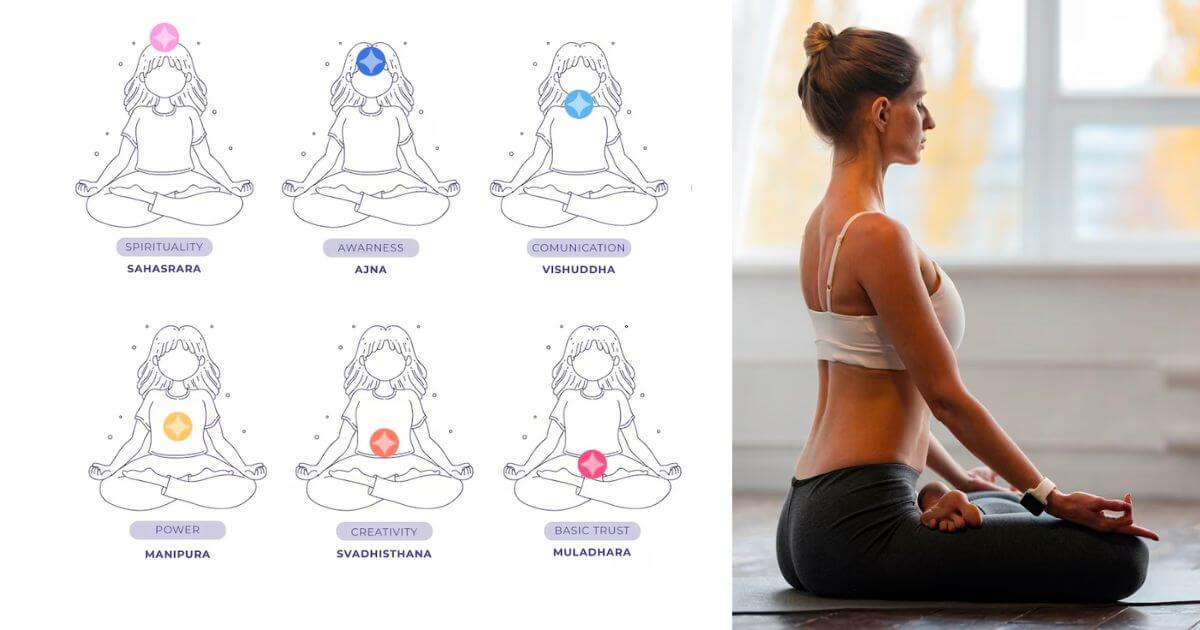
The Practice of Each Type of Yoga
Yin Yoga Practice
You’ll start practicing Yin Yoga by finding a comfortable seated or lying position. The emphasis is on relaxing and surrendering into each pose. As you settle into a posture, you’ll focus on your breath and let your body release tension gradually. Yin Yoga encourages stillness and patience, so the stretch gets deeper over time. It’s great to use props like blankets, blocks, or bolsters to support your body. All levels can do this practice, even beginners, and it helps cultivate mindfulness and introspection.
Ashtanga Yoga Practice
In Ashtanga Yoga, you follow a set of poses, all of which are done in a flowing and continuous way. Sun salutations start the practice, then standing poses, seated poses, backbends, and inversions follow. Each move is coordinated with the breath, resulting in a dynamic and rhythmic practice. Ashtanga Yoga emphasizes alignment, breathing, and drishti (focused gaze). The practice can be physically demanding, requiring strength, flexibility, and endurance. Students practice at their own pace under a teacher’s guidance in a traditional Mysore style.
Kundalini Yoga Practice
To awaken the energy within you, Kundalini Yoga classes often begin with a short chant or warmup exercise. The practice involves a combination of physical movements, breathwork, and chanting called “kriyas.” These kriyas are designed to target specific areas of the body, release energy blockages, and stimulate Kundalini energy flow. Meditation and mantra repetition are also part of Kundalini Yoga. Yoga classes can involve dynamic movements or static postures held for short periods of time. Kundalini Yoga encourages self-awareness and connection to the divine.
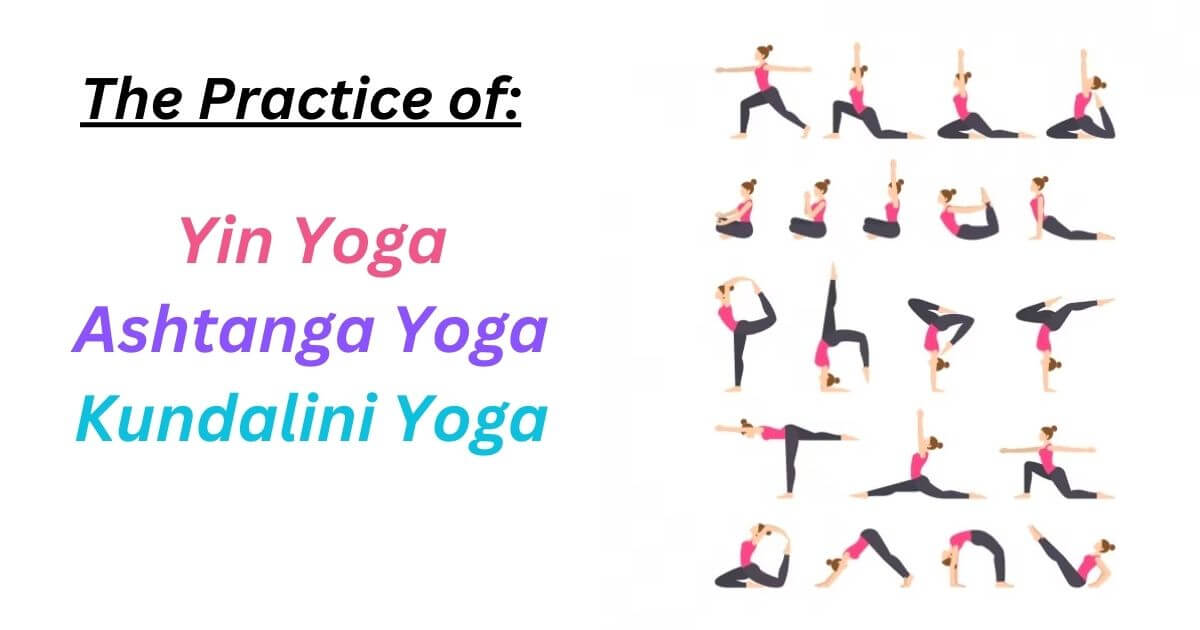
What is The Difference Between Yin, Ashtanga and Kundalini Yoga
There are some major differences between Yin yoga, Ashtanga yoga, and Kundalini yoga. Ashtanga Yoga emphasizes strength, endurance, and mastering a specific sequence of poses, while Yin Yoga emphasizes deep relaxation, flexibility, and inner reflection. In Kundalini Yoga, you awaken spiritual energy and expand your consciousness and integrate movement, breath, and sound.
A passive form of yoga, Yin Yoga strengthens connective tissues and joints and promotes deep relaxation while promoting flexibility. In contrast, Ashtanga Yoga is a rigorous and physically demanding practice that builds strength, stamina, and focus. It is a gentle and meditative complement to more active forms. For those who prefer a dynamic and disciplined approach to yoga, it follows a structured sequence of poses.
The focus of Kundalini Yoga is spiritual awakening and energy circulation. The practice is a combination of physical movements, breathwork, chanting, and meditation that activates Kundalini energy and expands consciousness. For people who want a deeper connection with themselves and the divine, Kundalini Yoga is perfect for them.
Benefits of Each Type of Yoga
There are a lot of benefits to all three styles of yoga, but it’s important to pick a style that fits your goals, preferences, and physical condition. Yin Yoga emphasizes relaxation and flexibility, Ashtanga Yoga emphasizes strength and endurance, and Kundalini Yoga emphasizes spiritual awakening.
Yin Yoga Benefits
The purpose of Yin Yoga is to stretch and relax. It involves holding passive poses for two to five minutes. As well as targeting deep connective tissues, Yin Yoga also helps with flexibility, joint mobility, and circulation. It also calms the mind, reduces stress, and enhances mindfulness. Those looking for relaxation, restoration, and meditative experiences will love it.
Ashtanga Yoga Benefits
This yoga practice emphasizes synchronizing breath with movement and builds strength, flexibility, and endurance. It’s dynamic and physically demanding. Flowing through a series of poses in a specific order, Ashtanga Yoga is known for its vigorous nature. In addition to meditation and breath control, Ashtanga Yoga offers an overall mind-body experience. Ashtanga Yoga can improve cardiovascular health, focus, and discipline with regular practice.
Kundalini Yoga Benefits
During Kundalini Yoga, you activate the Kundalini energy at the base of your spine by using dynamic movements, breathwork, chanting, and meditation. It’s spiritual and energetic. In addition to balancing the chakras, Kundalini Yoga enhances spiritual awareness and cultivates inner strength. It’s often associated with profound transformative experiences, heightened intuition, and a general feeling of well-being.
Pros and Cons
Yin Yoga
- Pros: In addition to deep relaxation and improved flexibility, Yin Yoga encourages self-reflection, stress reduction, and tension release.
- Cons: Individuals seeking a more physically challenging or fast-paced practice may not enjoy Yin Yoga. Additionally, those with certain injuries or medical conditions may need to modify poses.
Ashtanga Yoga
- Pros: The Ashtanga Yoga practice can be particularly beneficial for individuals looking for a physically challenging workout and those who thrive on consistency.
- Cons: Ashtanga Yoga requires dedication and can sometimes lead to overexertion or injuries if practiced without proper guidance. It’s not for beginners or people with physical limitations.
Kundalini Yoga
- Pros: A deep sense of self-awareness and connection are promoted by Kundalini Yoga, which combines physical movement with spiritual practices. Kundalini Yoga is often considered inclusive and accessible to people of all fitness levels. It can be transformational, improving energy levels, intuition, and emotional well-being.
- Cons: The rapid movements and intense breathing involved in Kundalini Yoga may not suit everyone, especially those looking for a more gentle or meditative practice.
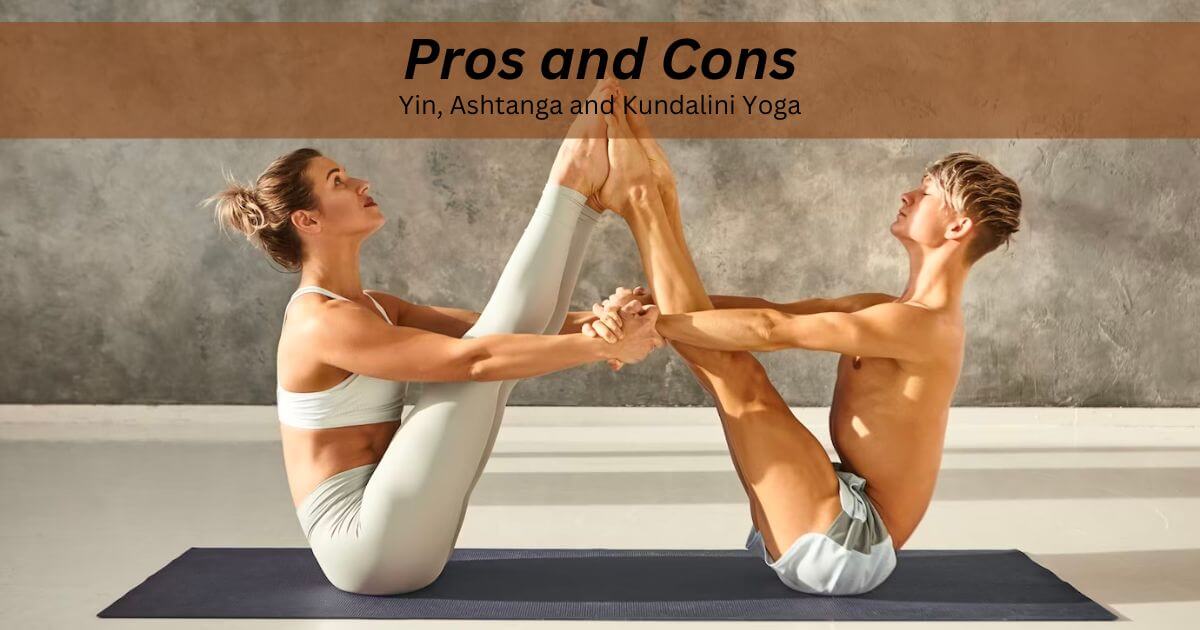
Tips for Yin, Ashtanga and Kundalini Yoga
Yin Yoga Tips
- Relax into Yin Yoga’s slower pace by using props like bolsters, blankets, and blocks to support your body.
- Focus on your breath during each pose, using it as a tool to release tension and cultivate a meditative state of mind. As you exhale, visualize letting go of any tension.
- Avoid pushing yourself too hard in Yin Yoga. Instead, respect your body’s limits, and approach the poses with patience and gentleness. Remember, finding balance is more important than perfect poses.
- Feel free to explore different variations of each pose, modifying them to suit your body. Yin Yoga encourages you to adapt it to your unique physique.
- Let your mind settle and find inner peace by embracing the moments of silence and stillness during Yin Yoga.
Ashtanga Yoga Tips
- Prepare your muscles and joints by stretching and doing Sun Salutations before you dive into Ashtanga Yoga’s primary series.
- A teacher can help you understand the correct alignment, breathing techniques, and pacing of Ashtanga Yoga.
- Rather than striving for perfection from the start, Ashtanga Yoga is a progressive practice, so respect your body’s limitations.
- Consistency is key in Ashtanga Yoga. Aim for regular practice to experience the full benefits.
- Instead of focusing on the end result, savor the small wins along the way and enjoy the journey of self-discovery.
Kundalini Yoga Tips
- Start your Kundalini Yoga practice by setting clear intentions. It helps you focus and create a meaningful practice.
- Take breaks or modify poses when necessary to avoid strain or exhaustion: Kundalini Yoga is a powerful practice, but it’s essential to listen to your body.
- Allow the breath to guide your practice and connect you to your inner energy. Kundalini Yoga incorporates various breathwork techniques called pranayama.
- Kundalini Yoga often involves chanting and reciting mantras. Embrace these practices, even if they feel strange at first. They can dramatically improve your state of mind.
- Practice Kundalini Yoga with a heightened sense of awareness. Notice the sensations, emotions, and thoughts that come up without judging them.
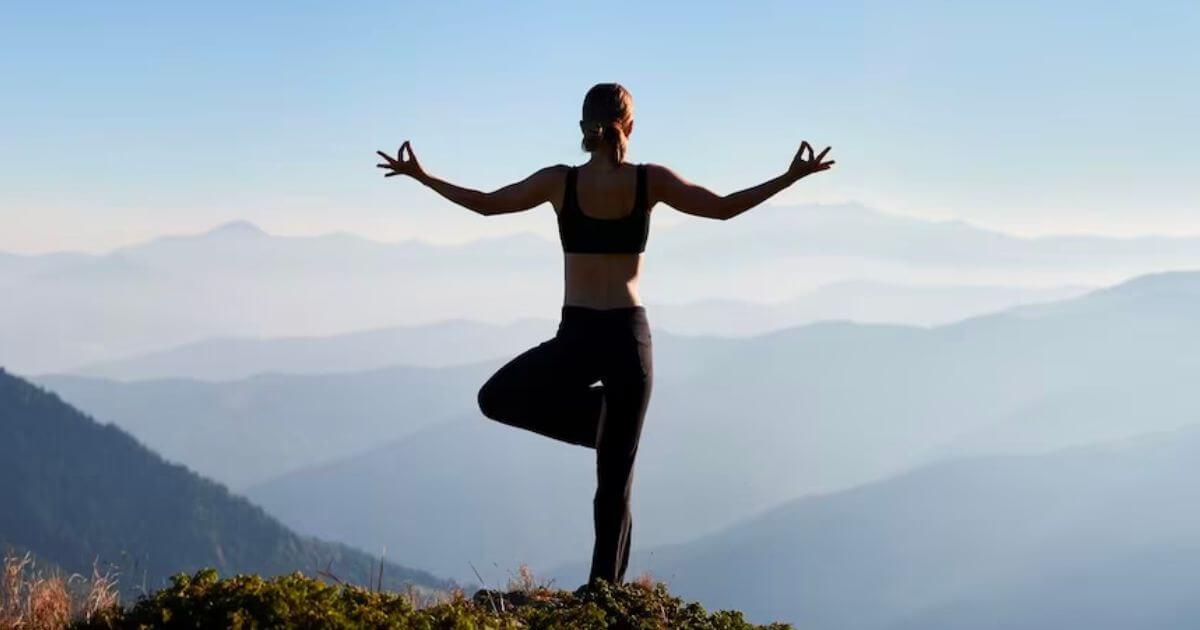
Whether you’re looking for relaxation, physical challenge, or spiritual exploration, there’s a style to suit your needs in the vast realm of yoga. Yin Yoga, Ashtanga Yoga, and Kundalini Yoga all offer unique journeys within the vast realm of yoga. You can always explore different styles to find what resonates with you the most when practicing yoga, as its beauty lies in its diversity.

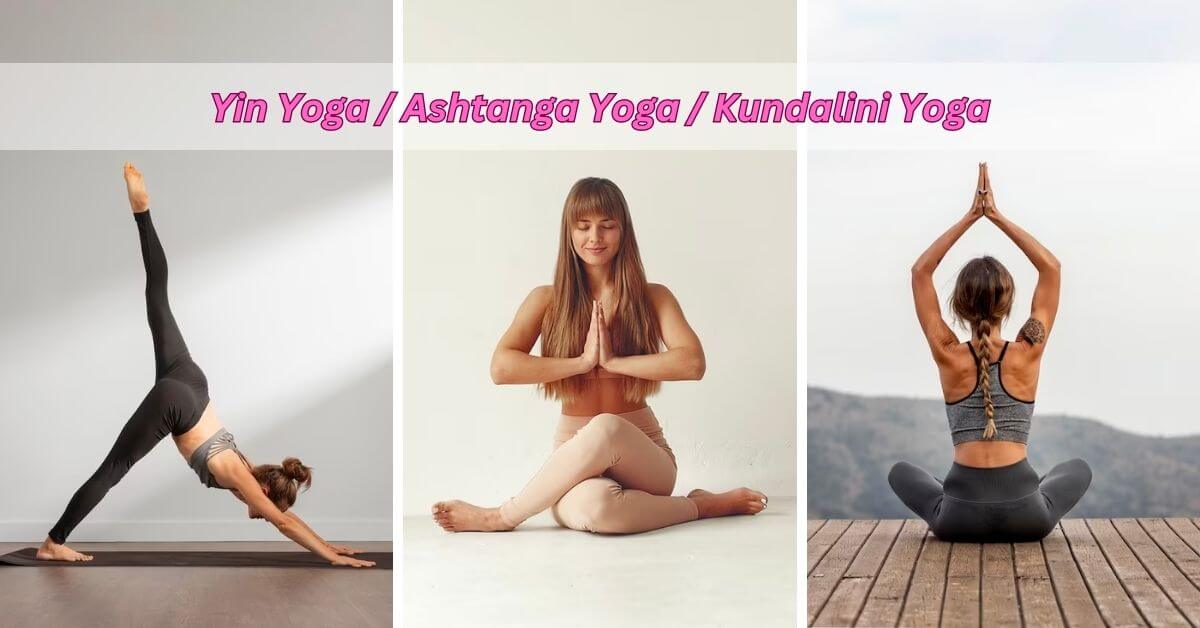



One thought on “Different Types of Yoga: Yin Yoga, Ashtanga Yoga, and Kundalini Yoga”